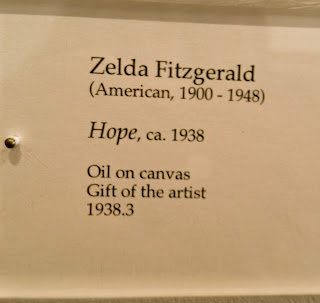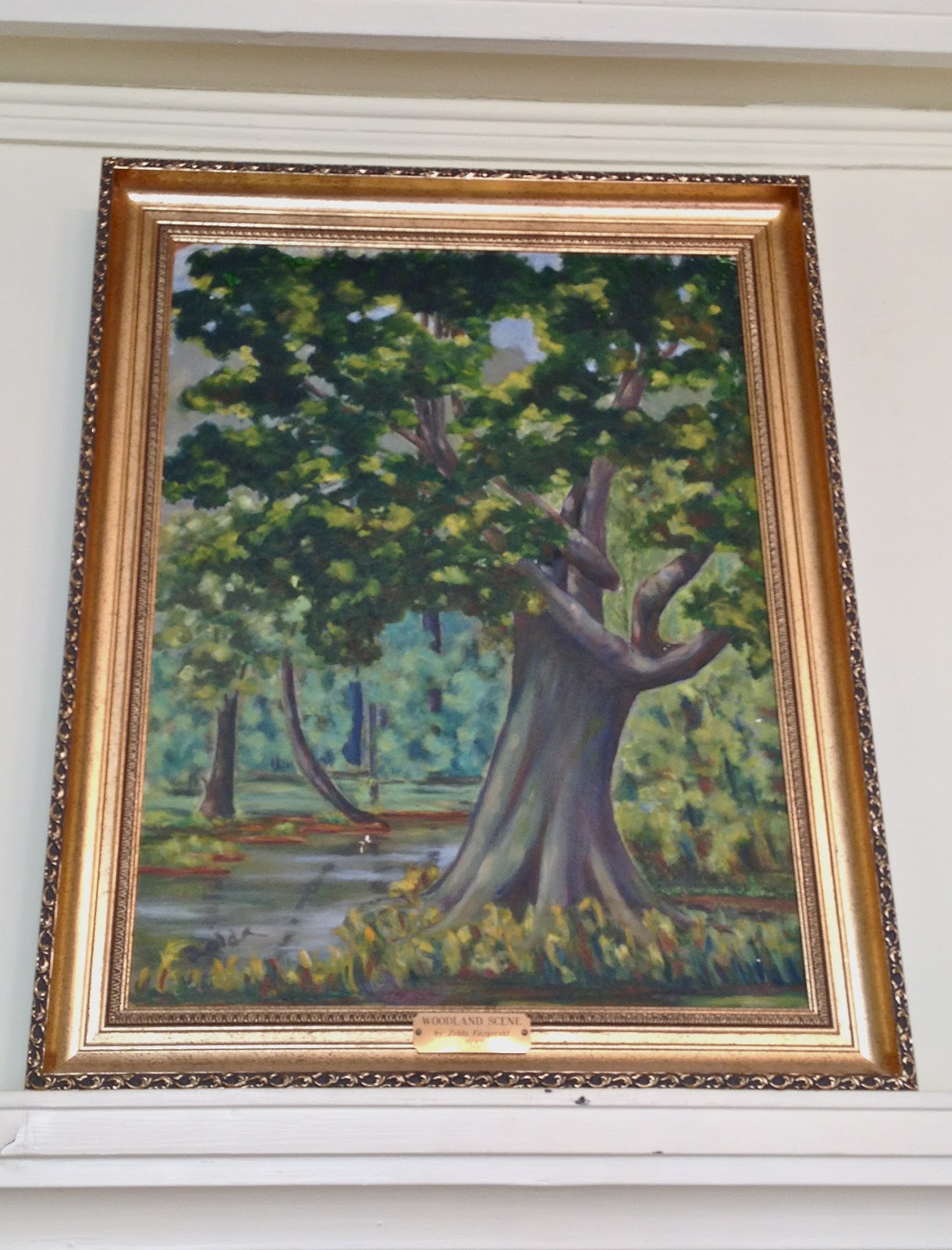My composition, Return To The Dead Sea, was featured in the Oregon Literary Review in the 2006 Fall-Winter edition. The Oregon Literary Review is an online journal which features creative media including: Music, Poetry, Fiction, Creative Non Fiction, Art and Hypermedia (Photo Journalism, Landscape Poetry, Multi-Media, etc..). I saw an advertisement on American Composers Forum, posting for a "Call for Scores" for various works to compete for selection. I then submitted my score and recording, and some weeks later, my piece was selected for that season.
My inspiration for this piece came from my trip to Israel in 1997, where my brother and I visited the Dead Sea on an unforgettable excursion. I had never seen anything, anywhere like it. The title of the piece is also a bit of a play on its words - the idea of returning to something that is called Dead is somewhat of an oxymoron. Also, the idea of the return, is the one I reference of Israel, since I had not been before to the location of the Dead Sea. The title also symbolizes a return to this place on a future trip to Israel. I would like to share the experience with my husband and children as well, when we travel together as a family for the first time. If you ever plan to travel to Israel, the Dead Sea is not to be missed!
My inspiration for this piece came from my trip to Israel in 1997, where my brother and I visited the Dead Sea on an unforgettable excursion. I had never seen anything, anywhere like it. The title of the piece is also a bit of a play on its words - the idea of returning to something that is called Dead is somewhat of an oxymoron. Also, the idea of the return, is the one I reference of Israel, since I had not been before to the location of the Dead Sea. The title also symbolizes a return to this place on a future trip to Israel. I would like to share the experience with my husband and children as well, when we travel together as a family for the first time. If you ever plan to travel to Israel, the Dead Sea is not to be missed!
Return To The Dead Sea is scored for saxophone (interchanging soprano and alto) and two percussion stations. The first movement is scored for solo soprano saxophone, and can stand on its own and be performed as a solo piece. It is followed by the second and third movements in the full ensemble. I also had a conductor for rehearsals and performance. The first movement, with solo soprano saxophone is presented with the intent of capturing the setting of the sand and salt pillars of the Dead Sea, set in one timbre.
I faced different challenges in writing the first movement for the solo instrument, versus the other movements of the full ensemble scoring. Since I was already interchanging soprano and alto saxophones within the movements, I could have done so as well in the solo movement. I did not do this however, because my intent was to capture a certain intensity that I believe could have only been achieved through the sound of one piece of brass.
The additional challenge of writing for a solo instrument, versus the whole ensemble, is that because I couldn't rely on different sounds to appear new to the listener, I really had to rely on my compositional chops - developing the motive in a way that captivates the ear and pulls the listener in, just as in telling a story. Telling a story without the use of song - without the use of words, is always something that I keep in mind in any of my creations. Without a story, we end up with one dimension. I am interested in a multidimensional scope within my creative process.
Adding the percussion would then be an integral part of developing the way that the saxophone is utilized in this ensemble. In the second movement, the saxophonist is initiated into the percussion mix as well, by playing the wind chimes. In the third movement, he continues to be infused with the percussion when not playing saxophone, by performing: foot stomps, hand claps, and finger snaps, that are interwoven throughout the movement. In one contrasting section that is driven by rhythm only, no one plays their instrument and only performs the stomps, snaps and claps. I wanted to utilize the saxophonist in this way, in order to break out of the traditional solo role. This carries the percussive thread between all three performers, and therefore, provides a tightly knit compositional fabric. See this rhythmic section bellow:
I love to use descriptive titles that allude to titles of paintings, because this is a travel - inspired piece, and its imagery is vividly lasting. It is also a piece that is composed with a specific place in mind, so it is only fitting, that it is conceived as a Character Piece (with specific descriptive titles), and not given generic movement titles, such as Sonata, Rhapsody, or Interlude, for example. See the cover page of the score bellow:
I faced different challenges in writing the first movement for the solo instrument, versus the other movements of the full ensemble scoring. Since I was already interchanging soprano and alto saxophones within the movements, I could have done so as well in the solo movement. I did not do this however, because my intent was to capture a certain intensity that I believe could have only been achieved through the sound of one piece of brass.
The additional challenge of writing for a solo instrument, versus the whole ensemble, is that because I couldn't rely on different sounds to appear new to the listener, I really had to rely on my compositional chops - developing the motive in a way that captivates the ear and pulls the listener in, just as in telling a story. Telling a story without the use of song - without the use of words, is always something that I keep in mind in any of my creations. Without a story, we end up with one dimension. I am interested in a multidimensional scope within my creative process.
 |
| Score done on Finale notation |
Adding the percussion would then be an integral part of developing the way that the saxophone is utilized in this ensemble. In the second movement, the saxophonist is initiated into the percussion mix as well, by playing the wind chimes. In the third movement, he continues to be infused with the percussion when not playing saxophone, by performing: foot stomps, hand claps, and finger snaps, that are interwoven throughout the movement. In one contrasting section that is driven by rhythm only, no one plays their instrument and only performs the stomps, snaps and claps. I wanted to utilize the saxophonist in this way, in order to break out of the traditional solo role. This carries the percussive thread between all three performers, and therefore, provides a tightly knit compositional fabric. See this rhythmic section bellow:
 |
| Movement III - percussive section for all 3 performers - no instruments. |
I love to use descriptive titles that allude to titles of paintings, because this is a travel - inspired piece, and its imagery is vividly lasting. It is also a piece that is composed with a specific place in mind, so it is only fitting, that it is conceived as a Character Piece (with specific descriptive titles), and not given generic movement titles, such as Sonata, Rhapsody, or Interlude, for example. See the cover page of the score bellow:
 |
| Cover page to the score |
I dedicated the piece to my friend, Chris Walker, who is a saxophonist and music educator. At the time, he performed the work both at my doctoral composition recital as well as his own doctoral saxophone performance recital. I like to compose music while having a specific performer in mind, as this makes the process more personal to both performer and composer alike.
When you click on the web link, you will be able to view the music score, as well as listen to a recording that I have provided for the piece, from my Doctoral composition recital, back in the year, 2000. It was performed at the University of Oregon, in Eugene, Oregon.
The editor's abstract on my piece:
"This piece uses the simple combination of Saxophone and Percussion to evoke the mystique of the Israeli landscape.
The First Movement, entitled Sand and Salt Pillars at the Heat of Day,
is scored for solo Saxophone. It uses a scale, which sounds reminiscent
of a Middle Eastern mode. The atmosphere is that of one looking over a
desert from the banks of the Sea.
The Second Movement, Moon Reflections over Dark Water, adds the
Percussion to the mix. Note the way the timbres of the various
percussion instruments create the mood of the Moon reflecting over the
water at night. The Saxophone enters on a haunting motif, and the
reflection shimmers as we gaze upon it.
The Third Movement, Coast of Israel, Jordon on the Horizon, is almost a
scherzo in its sound, but it creates an image of the land rising out of
the water as one looks across the Dead Sea toward the distant shores".
-- J.D.N.
Oregon Literary Review, Editor.
Web link to view and listen to Return To The Dead Sea:
Enjoy your visit to the Dead Sea through my eyes and ears, for now!
B'Shalom ~ with peace,
Creationlily



























































